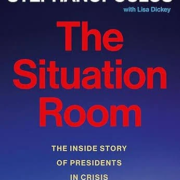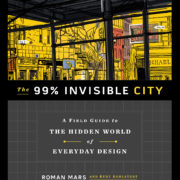Culture: the story of us from cave art to K-pop by Martin Puchner
It can be easy to dismiss popular culture as trite and inconsequential. Superhero movies, fantasy television shows, romance novels, Korean pop music; it can all seem a little meaningless, even to the fans. I, personally, have been known to lose interest in something if I sense that it is becoming “too popular.”
But Martin Puchner’s CULTURE: THE STORY OF US, FROM CAVE ART TO K-POP invites readers to take a deeper look at these fluffy topics from a historical perspective.
Consider this: novels have always been popular culture; all of the works that we think of now as classic literature survived because they were popular. Don Quixote was so popular when it was published that an unauthorized sequel became widely circulated – an early instance of what we would now call fanfiction.
As Puchner’s book shows, culture is often developed by borrowing. Interpreting traditions that you do not understand and giving them a new meaning. He illustrates this point by examining the ways that the Romans adapted Greek gods to suit their own needs.
The Chauvet cave paintings (which have intrigued me for a long time because of their significance in the history of animation) were created over a period of thousands of years. Each generation of humans visiting the site and adding new images to instruct or entertain future visitors.
Puchner appreciates this collective experience of culture and argues against the possibility of ownership over a culture. Culture is evolving, changing as it is passed from one group of people to another.
Modern viewers think of Hokusai’s Great Wave as being indicative of Japanese art because it became so culturally significant, but printmaking is actually a technique they borrowed from China.
Traditional Japanese art was generally created with watercolors and ink, but an interest in cheap, reproducible images brought printmaking into the country. Hokusai’s Thirty-Six Views of Mount Fuji took this popular technique and managed to show its versatility — and the potential it had in the hands of a master.
Cultural shifts are generally a result of this natural evolution, people passing down knowledge or rebelling against what came before. It changes to fit the needs of those currently using it.
It is not possible to know how future generations will view the culture that we are living in right now. But reading CULTURE inspired me to look at what is popular in a new way. Each chapter is dedicated to a new waypoint in our global cultural history. It examines how that moment in history is indicative of both its time and ours.
Book review by Alyssa Berry, Technical Services Librarian











